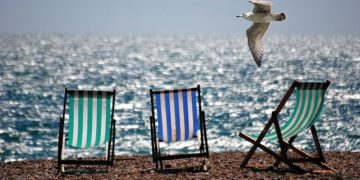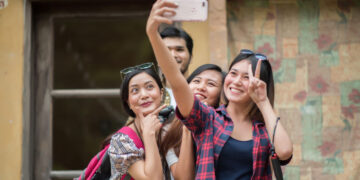Last Updated on 2 years by admin
Whenever you are traveling to a big city, it can be challenging to connect with the local culture. You might just get overwhelmed by the cosmopolitan amenities and international flavors that just dominate the cities. But, Seoul, even though it is a metropolitan city, it is still uniquely enriched with Korean culture.
The traditional architecture remains amid the rapid modern development and innovative street style of the city’s residents. Seoul is the perfect place to understand Korean culture.
There’s more than one way to understand the heart of Seoul. Here are our top 10 picks for getting to know the Korean culture and the city.
Visit the DMZ
The ongoing conflict with North Korea affects modern-day life in South Korea. A trip to DMZ offers an important insight into the ongoing situation and how it affects Korean culture. The USO is based out of Camp Kim in Seoul, and it offers tours on most days with stops at the Third Infiltration Tunnel. The tunnel is one of the four that connects South and North Korea. The tours also cover Dora Observatory, where you can get a glimpse of North Korea across the DMZ. Some tours also stop at the Joint Security Area (JSA), where diplomatic meetings take place between the two countries.
Walk Through Old Seoul
Seoul is an eclectic mix of both old and new. To immerse yourself in one of the city’s last remaining traditional neighborhoods and Korean culture, spend a day wandering the streets of Bukchon Hanok Village. The village is tucked between two of the city’s historical places, and the area dates back to the Joseon Dynasty. The traditional Korean houses, hanok, have been reconstructed and preserved. These are now in use as upscale boutiques, cafés, and some traditional-style guesthouses. As the village is located on the steep hillsides of the northern part of Seoul, you can see some great views of the city.
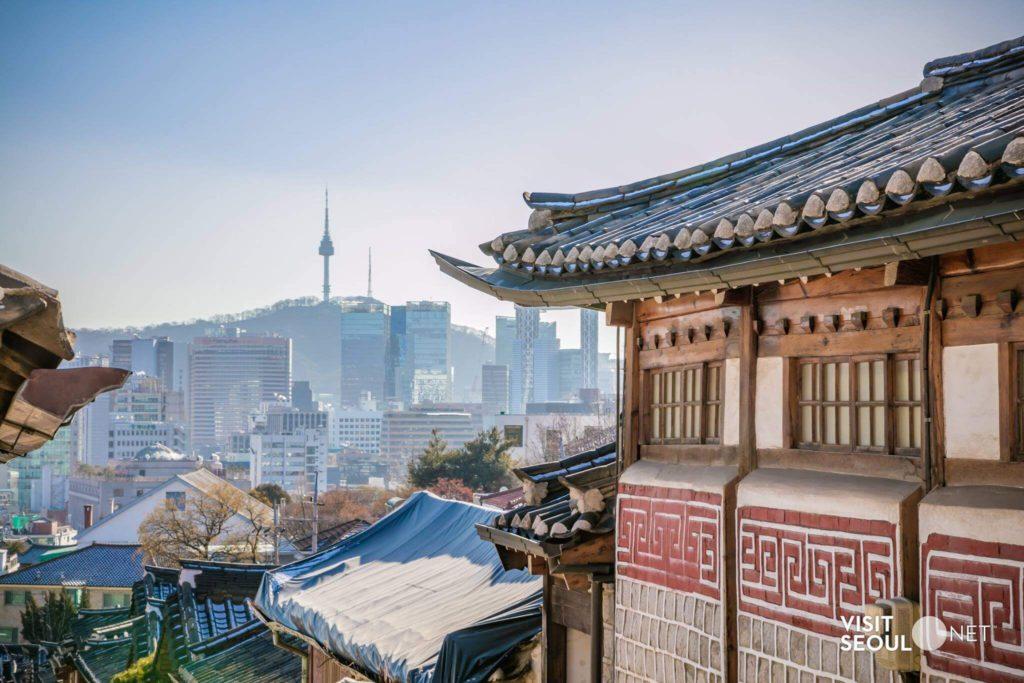
Explore Imperial Seoul
Much of modern Korea is shaped by the legacy of the Joseon Dynasty dominion in the peninsula. During the 500 years of their rule, various kings constructed five palaces in Seoul (capital of the Kingdom of Joseon), and all five are still standing. All five palaces are around the Seoul City Hall and the general business district. These include Gyeongbokgung, Gyeonghuigung, Deoksugung, Changgyeonggung, and Changdeokgung. Gyeongbokgung is the oldest, dating back to 1395, which served as the main royal palace. It was almost entirely reconstructed in the 19th century after the Japanese occupation.
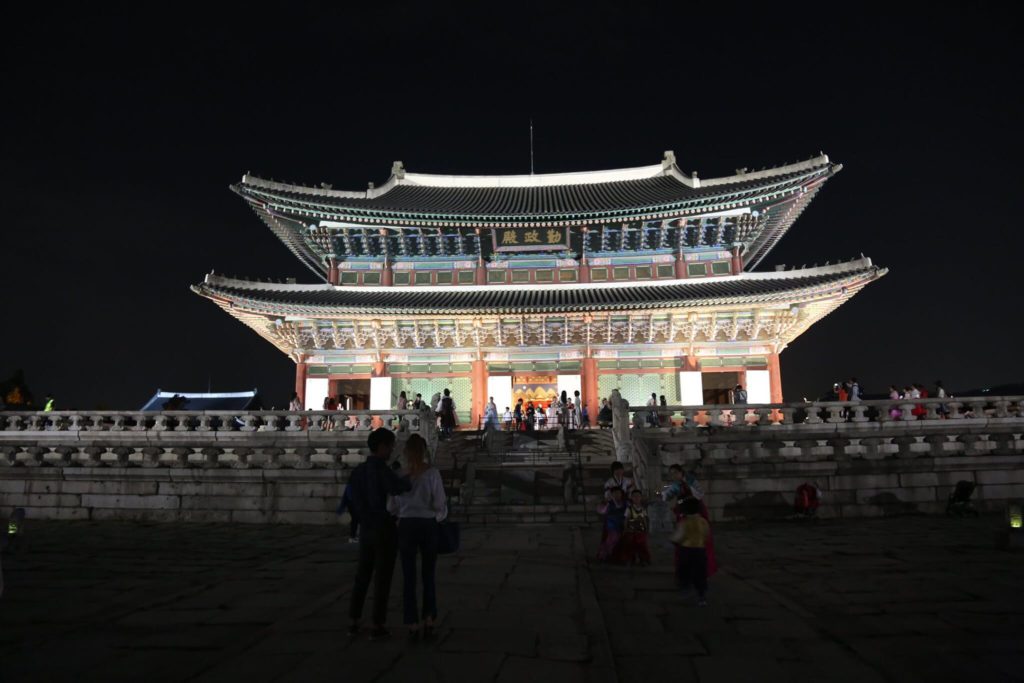
Honor War Veterans
The War Memorial of Korea, with its enormous marble expanse and imposing façade, offers a solemn tribute to the soldiers and civilians who were killed in the conflict. There is a War Museum that is located on the grounds of the former headquarters of the Korean infantry. The museum explores the battle in detail and also provides an overview of Korean history before the war. In the vast expansive open space, you can see fighter jets and the heavy artillery used in the war. Look for the Statue of the Brothers, a monument that expresses hope for a peaceful future and eventual Korean reunification.
Check out other places to Disconnect from social media and go offline in the sanctuaries of Seoul.
Sample Korean Cuisine
The Myeong-dong neighborhood and Namdaemun Market are two good places in the city to try traditional street food. You can try the local favorites like spicy rice cakes, Korean porridge, fried chicken, bibimbap, kebabs, ginseng chicken soup, sweet Korean pancakes, and many more. No trip to Korea can ever be complete without trying the popular bulgogi (BBQ beef). If you stick to local specialties, you will never go hungry in Seoul, even with a minimal budget.
Check out Top Korean Food Dishes to Try When in Korea
Tap into Seoul’s Artsy Places
You can understand Korean culture and art at the National Museum of Korea, the sixth-largest museum globally. It traces the chronological history of Korean culture with 15,000 pieces on display at any given time. After that, you can head out to the Seoul Museum of Art for an in-depth look at classic and modern Korean art. Your third stop can be Dongdaemun Design Plaza, one of Seoul’s architectural masterpieces. The 409,000-square-foot complex features an undulating, aluminum exterior with panels that light up at night. There are a series of exhibition halls with temporary exhibits focusing on fashion and the Korean creative industry, a design lab, a rooftop park, and a shopping and dining space.
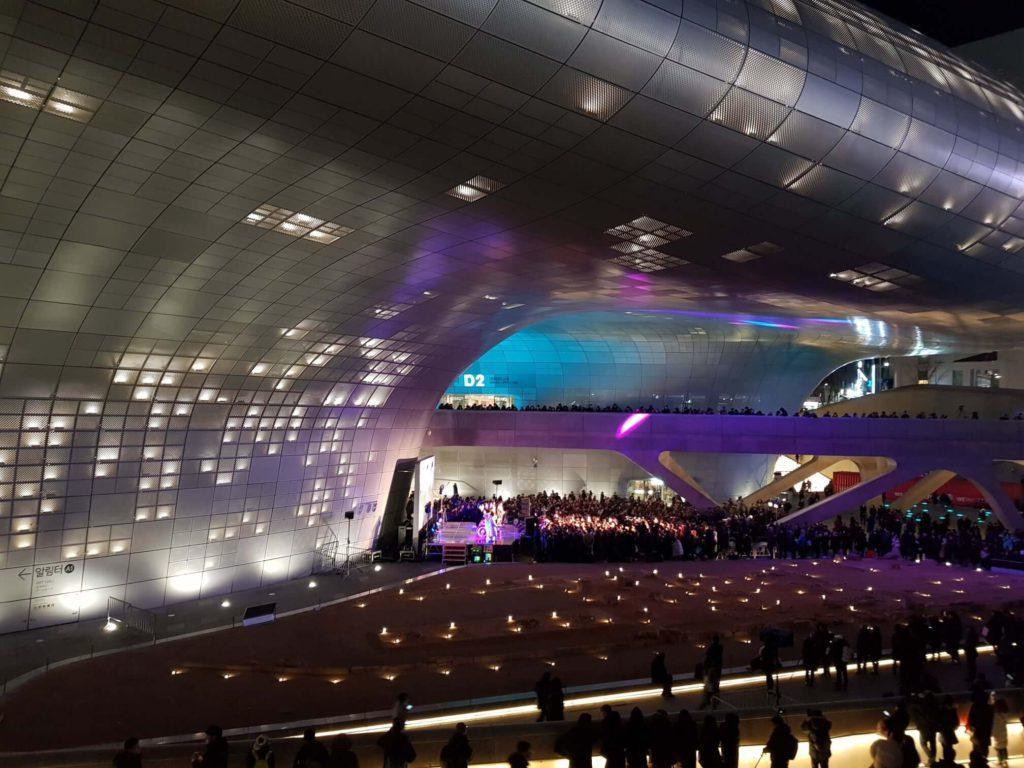
Relieve the 1988 Summer Olympics
Seoul Olympic Park, locally known as Olpark, is around an hour train ride away from the city center. There is an outdoor exhibit that details the area’s rich history and the Olympics Museum. You can also check out the Seoul Olympics Museum of Art and its extensive sculpture collection. The Olympic flame from the XXIV Games continues to burn alongside flags from the 160 participating nations at the Peace Plaza. It’s a popular place to relax from the hubbub of city life with its tranquil walking paths in the eco-park.
Peaceful Reflection at Jogyesa Temple
Jogyesa Temple is the headquarters of the Jogye Order of Korean Buddhism. The temple is in the middle of one of Seoul’s busiest business centers. Although it might seem that the temple won’t be relaxing as it’s in the middle of a business district, the temple’s grounds offer a pleasant respite. Just outside the main temple building are several 500-year-old trees that provide shade and help block the view of the towering skyscrapers nearby. During the Lotus Lantern Festival, bright colors adorn the buildings honoring the Buddha’s Birthday, which is a major event in Korean culture. The Jogyesa Temple celebrates the event in style with thousands of colorful lanterns hanging across the courtyard.
Read more about Buddha’s Birthday Celebrations and the Lotus Lantern Festival in South Korea.
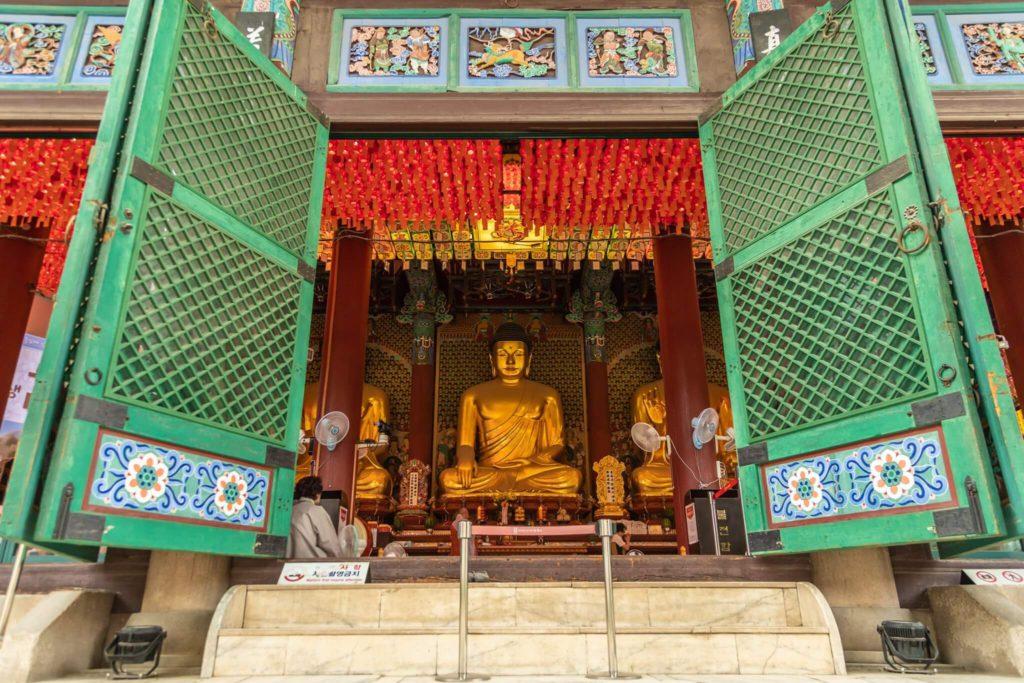
Shop till you Drop
Shopping is a popular activity in Seoul. There are so many flagship stores in the city, market districts that just are overflowing with craft boutiques, high-end Korean fashion, beauty, souvenirs, and many more. Perusing through luxury department stores can show you another side of modern Korean culture.
Check out:
Image Credits: VisitSeoul Website
14,572 total views, 3 views today





